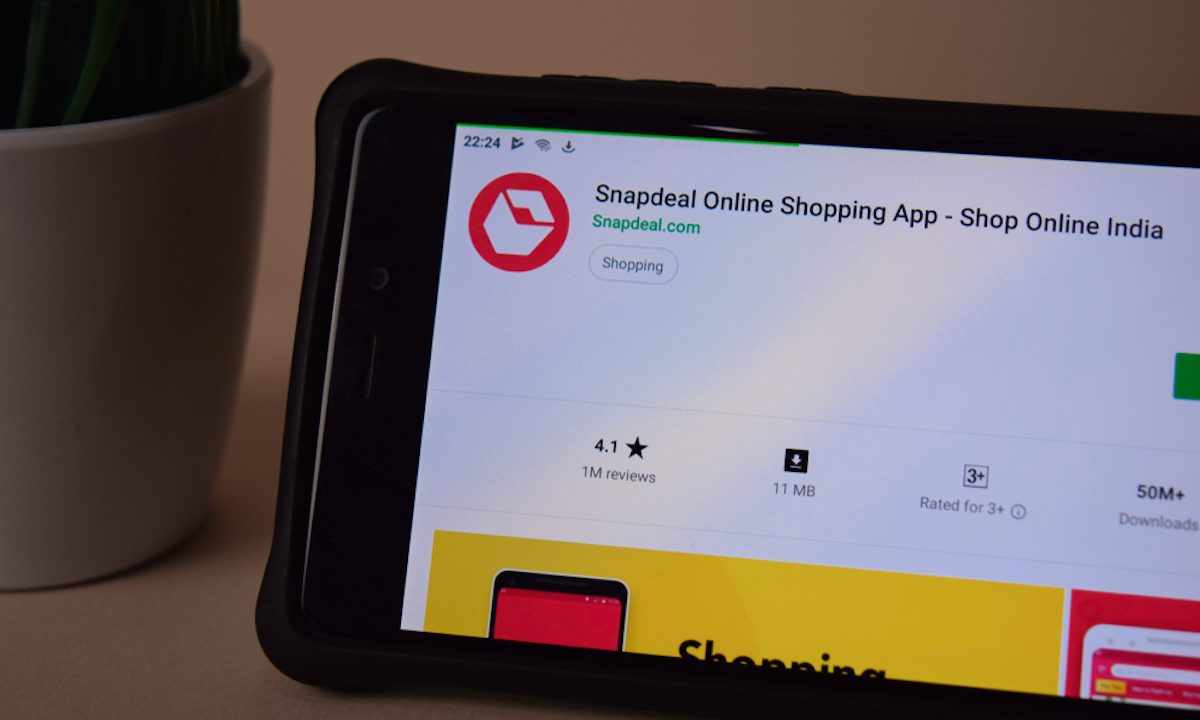
It’s a truism that the great digital shift has been a global phenomenon. Consumers’ own pivot during the pandemic to transact on their mobile devices, on platforms across a range of activities, has spurred companies to bring their business models public, so to speak, by listing shares.
To that end, as reported on Tuesday (Dec, 21), SoftBank-backed startup Snapdeal, which is focused on India, said that it would issue new shares worth as much as $165 million. The announcement, which had been anticipated earlier in the week, saw Snapdeal file with the Securities and Exchange Board of India (SEBI).
Also read: Online Marketplace Snapdeal May File Draft IPO With India’s Markets Regulator
As noted, the company has been focusing on fashion and electronic accessories.
Double-Digit eCommerce Growth
Within the IPO prospectus, we see the macro forces at work driving the shift toward platform-enabled eCommerce.
Snapdeal said in the filing that it exists as India’s largest pure-play eCommerce platform, measured in terms of revenue.
The eCommerce market itself, the company said in the filing, is growing at a CAGR of about 39% through the next several years and may reach a value of $39.4 billion by 2026, up from about $7.4 billion at present.
Further, the online shopper base is projected to increase from about 150 million (an average of an estimated 140 million to 160 million) at present to as many as 350 million in the fiscal year 2026, per research commissioned by the company.
“Value-seeking users follow budget-based spending practices, but also seek ‘aspirational’ products, without paying for brand premiums. A large portion of our revenues depend substantially on the receptiveness of Indian value-seeking users, suppliers, sellers and advertisers,” said Snapdeal.
And a LinkedIn post from Kunal Bahl, CEO of the firm, said the shift online points to a changing India, where “instead of waiting for their parents to take them shopping, the children are helping their parents navigate the endless aisles online.” Most of the company’s consumers, he said, live in “tier 2” cities, and “post-2017 and the 4G revolution, which brought 700 mn+ mobile users online, the eCommerce market has expanded significantly. No longer does the adage that in India you either are an everything store or you shouldn’t exist, hold true. Each segment is now large enough for pursuit by focused players.” He added that the share of orders from Snapdeal’s app stands at 74%.
“The percentage of product returns has dropped to below 5.5% of delivered units, nearly at half the levels from a couple of years ago,” he wrote, adding that “since April 2018, more than 50 million unique customers have shopped one or more times on Snapdeal. 75%+ of our business comes from repeat customers.”
The company’s top-line pressures, and competition from the likes of Amazon, are evident, and the losses accrue – according to the filing, for the year that ended in March, the company’s revenues from operations stood at 4.7 billion INR, down by nearly half from the 8.4 billion INR in the previous year. Losses narrowed to 1.2 billion INR from the 2020 period’s 2.9 billion INR. As noted by Bloomberg, the company’s focus remains the “non-English speaking, non-affluent, non-urban and non-tech savvy bulk of India’s population.” By way of contrast, Amazon and Flipkart, among the marquee names in eCommerce, focus on metro-situated buyers and higher-ticket items.